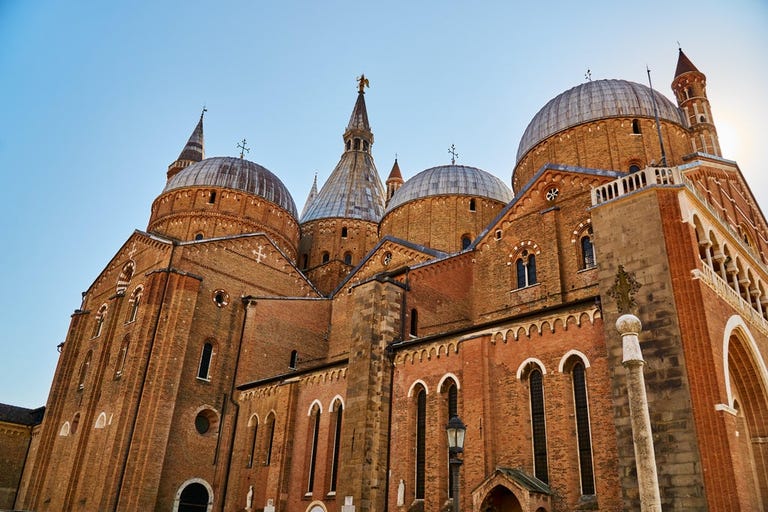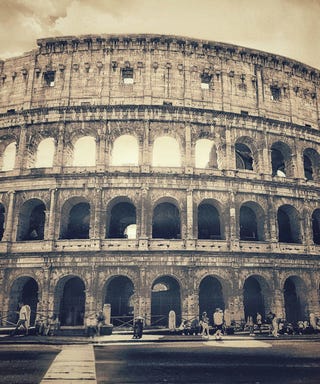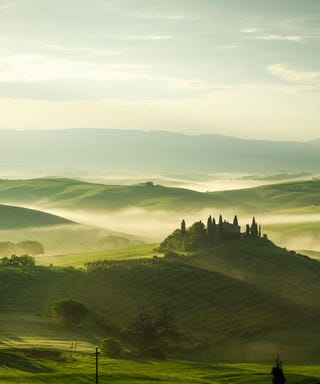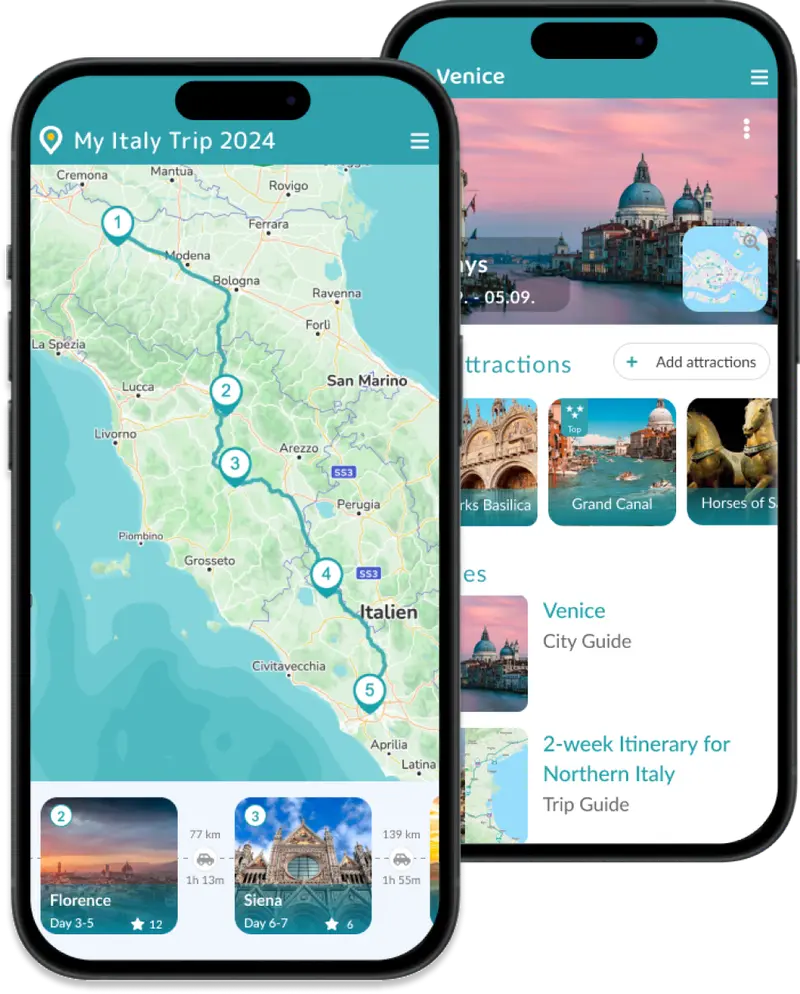Veneto impresses with its diversity: from the world-famous lagoon city of Venice with its elegant Renaissance palaces to the majestic peaks of the Dolomites. Verona, the city of tragic love, and the splendid villas along the Brenta River testify to a rich history. Meanwhile, the Prosecco wine route and the Po Delta invite delightful explorations.
Make sure to check out our sightseeing map!
The map is a true treasure chest – packed with the most stunning highlights as well as hidden gems. As of 2025, we have over 20,000 (!) attractions, with the most important ones featuring detailed, helpful descriptions.
Top Highlights of Veneto





As you step onto its expansive grounds, you’re walking the same stones that have hosted centuries of Venetian history, from grand processions to intimate café gatherings. Here, amid the cooing of pigeons and the distant serenade of a gondolier, you can truly feel the spirit of Venice.





Travel Information
Best Time to Visit Veneto
The Veneto region in northern Italy offers something special in every season. Spring and autumn are particularly recommended when the tourist crowds are smaller.
Spring (March to May)
Spring is one of the best times to visit Veneto. The temperatures are mild, and nature comes to life. In March, average temperatures hover around 10-15°C, rising to a pleasant 20-25°C in May. This season is perfect for city tours, hikes in the pre-Alps, and visits to the region's wineries.
Summer (June to August)
Summer in Veneto can be hot, with average temperatures of 25-30°C in June and peaks above 30°C in July and August. This time is ideal for beach holidays on the Adriatic coast or activities in the Dolomites, where higher altitudes provide cooler temperatures. Venice can be very crowded during these months, so it's advisable to explore the city early in the morning or late in the evening.
Autumn (September to November)
Autumn is another excellent time to visit Veneto. Temperatures are pleasantly mild, ranging from 15-25°C in September and dropping to 10-15°C in November. The grape harvest and various festivals make autumn particularly attractive. The autumn colors add a special beauty to the landscape.
Winter (December to February)
Winter in Veneto is cool, especially in the mountainous regions. Temperatures average between 0-10°C. Venice and other coastal cities enjoy milder weather, while the Dolomites offer ideal conditions for winter sports. The Carnival in Venice in February is a highlight of this season, drawing visitors from all over the world.
Getting There
The Veneto region in northeastern Italy is a popular travel destination and easily accessible from all over Europe.
By Plane
The main gateway to Veneto is Venice Marco Polo Airport (VCE), with direct flights from many major European cities. Alternatively, Verona Villafranca Airport (VRN) also offers numerous international connections. Both airports are well connected to their respective city centers by public transportation.
By Train
Traveling by train is convenient from cities like Munich, Vienna, or Zurich. High-speed trains and night trains can take you directly to Venice, Verona, or Padua. The main train station, Venezia Santa Lucia, is located right in the historic center of Venice, making further travel easy. The Italian railway service is called Trenitalia.
By Car
Driving from Austria, Switzerland, and Germany is popular due to the region's proximity.
- From Germany: The most common route is via the A8 or A9 towards Munich. From there, take the A93/A12 towards Innsbruck, Austria. Cross the Alps via the Brenner Pass (A22) and continue south towards Verona. The drive from Munich to Verona takes about 5 hours.
- From Austria: Drive via Klagenfurt on the A23 into Italy. This route goes through Udine and continues on the A4 directly to Venice. The drive from Vienna to Udine takes about 5.5 hours.
- From Switzerland: From Zurich, take the A3 and A13 towards Chur. Through the San Bernardino Tunnel, you’ll reach the Italian A13 and continue towards Milan. From there, take the A4 east to Venice or Verona. The drive from Zurich to Venice takes about 6 to 7.5 hours.
Traveling in Veneto
Exploring the Veneto region is a breeze, whether you prefer traveling by train or by car.
By Train
The rail network, serviced primarily by Trenitalia and Italo, is extensive and efficient, making it easy to reach the most popular destinations.
- Venezia Santa Lucia: The main train station in Venice and the region’s central hub. From here, you can quickly travel to cities like Verona, Padua, Treviso, and Vicenza.
- Regional Trains: These run frequently and are an affordable option, often taking you through picturesque landscapes.
- High-speed Trains: High-speed services are also available for faster travel within the region.
By Car
Northern Italy boasts an excellent road network, with well-maintained highways and scenic country roads.
- Highways: The A4 (Autostrada Serenissima) is the major highway linking Venice to Verona and Milan. The A13 connects Padua with Bologna to the south.
- Country Roads: The SS309, also known as Romea, follows the coast, offering a beautiful route between Venice and Ravenna.
- Parking: Parking in larger cities can be challenging and costly. Opt for park-and-ride facilities on the outskirts for a hassle-free journey into city centers.
By Bus
Buses are a budget-friendly, albeit slower, mode of travel.
- Regional Buses: ACTV is the main provider in Venice and its surroundings, with connections to Mestre, Chioggia, and the lagoon islands.
- Long-distance Buses: FlixBus and other providers offer economical connections from Venice to other cities in Italy and Europe.
Fancy a roadtrip?
Be inspired by our hand-picked road trips.



Tips for relaxed Travel





